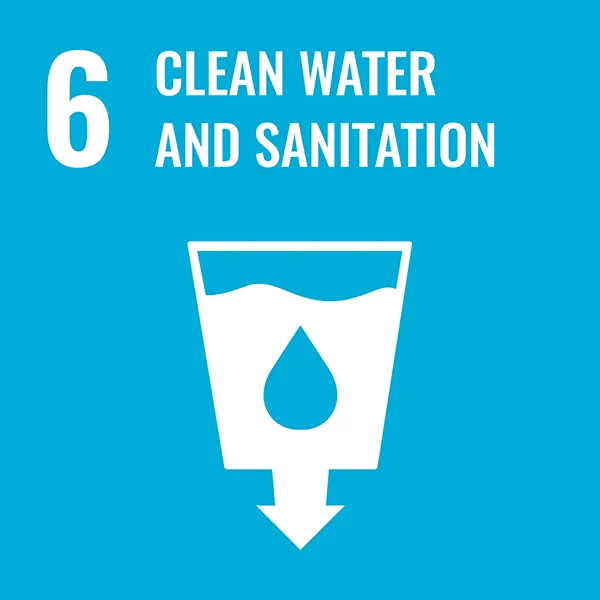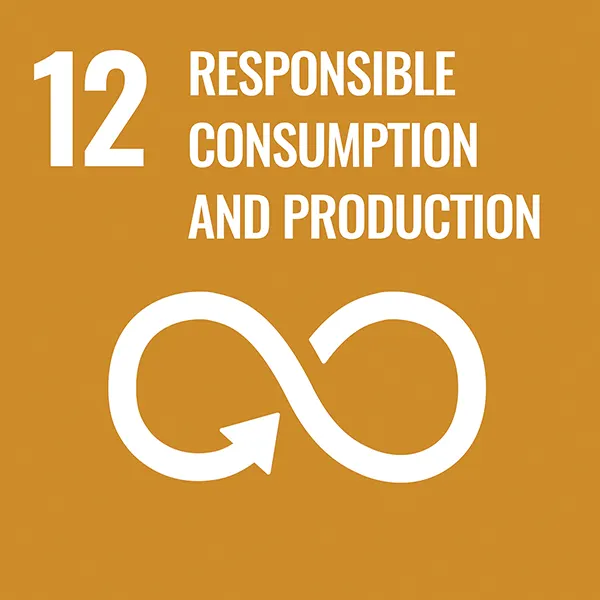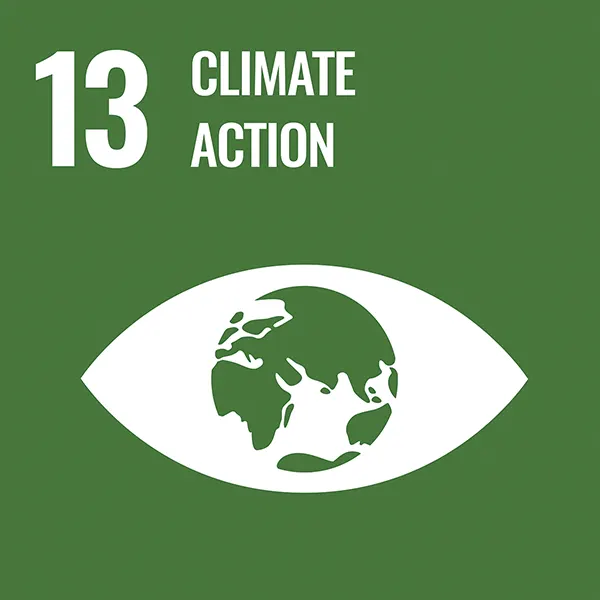Environmental Sustainability and Stewardship
IDEX is committed to reducing our environmental footprint to create a more sustainable future for our stakeholders. We have established a goal to reduce our Scope 1 and Scope 2 emissions intensity (by revenue) by 30% by 2035.
In 2023 and 2024, IDEX continued building and executing against strategies to reduce the environmental impact of our operations. We recognize the power of harnessing our collective experiences to set common goals and share learnings across the enterprise in order to accelerate progress. We still have work to do, but we are building a process that requires commitment and a set of standard expectations across the enterprise, while allowing flexibility based on individual business operations.
Our ability to do this starts with a commitment from leadership at multiple levels of the organization. In 2023, our Chief Sustainability Officer (CSO), in partnership with the executive leadership team, led a goal deployment initiative related to reducing our Scope 1 and Scope 2 emissions.
In 2024, we developed, tested and deployed a number of “toolkits” across the organization designed to reduce our emissions. The work was championed by the CSO and Environmental Sustainability Committee who partnered with our sustainability advocates embedded in our businesses. We also integrated an environmental sustainability metric into the executive compensation framework, and then into the incentive compensation for a broader group of IDEX leaders, linking performance incentives to emissions reductions and energy efficiency.
We have improved our data collection strategies, recognizing that quality data is critical to being able to prioritize goals and measure progress. In 2024, IDEX hired a Sustainability Controller within the finance function, and we are collaborating cross-functionally to develop the necessary systems, procedures, and training to meet various emerging regulatory requirements.
Identifying our climate risks and opportunities
In 2023, we partnered with outside consultants to conduct a climate risk assessment and scenario analysis to better understand the types of climate-related physical and transition risks and opportunities potentially relevant to IDEX. The results of that assessment were included in the 2023 annual enterprise risk review with the IDEX Board of Directors, and transition risks and opportunities continue to be considered as part of our ongoing strategic planning.
By actively managing risks and leveraging sustainability-driven opportunities as part of our ongoing strategic planning, IDEX is committed to enhancing operational resilience.
Physical climate risks remain relatively low across our portfolio, with an estimated 1.5% of property value and less than 1% of revenue at risk. Three properties account for nearly 90% of total physical risk, and business interruption risks are projected to increase by less than 10% from 2030 to 2050. We plan to update our overall physical risk assessment in 2025.
Increasing environmental regulations in certain industries and the financial impact of carbon pricing on operations.
The challenge of developing new sustainable products and potential research and development investment losses.
Rising material and labor costs upstream, alongside shifting consumer demand for energy-efficient products.
Heightened stakeholder scrutiny.
Increasing demand for more efficient products in the industrial sector, including water and agriculture technologies addressing climate impacts like flooding and water scarcity.
Growth in markets associated with sustainability megatrends.
Focus on material efficiency to reduce costs and environmental impact.
Products shifting toward low-emission energy sources to reduce carbon footprints.
Strengthening supply chain and operational resilience.
Our Path to Decarbonization
In 2023 and 2024, we tested and deployed emissions reductions “toolkits” across the organization to identify where we could potentially reduce emissions with low-cost, lower-burden initiatives. In 2024, we further tested these toolkits with an eye toward sharing learnings and accelerating impact across businesses. We also improved our ability to track the percentage of businesses that had completed these projects, in order to help set appropriate goals moving forward and understand opportunities available to us.
We are continuing our focus on lower-cost, lower-burden initiatives to reduce emissions and are evaluating a multiyear strategy for our higher-emitting businesses that may require additional resources in order to significantly reduce emissions.
In order to reach our 2035 goal of reducing intensity by revenue, we are focusing on a combined approach that includes making our operations more energy efficient, evaluating the footprints of our various businesses, and leveraging renewable energy, all in a way that allows us to mitigate the environmental impact of our operations while making good decisions about which approaches make the most sense for our businesses and our stakeholders.
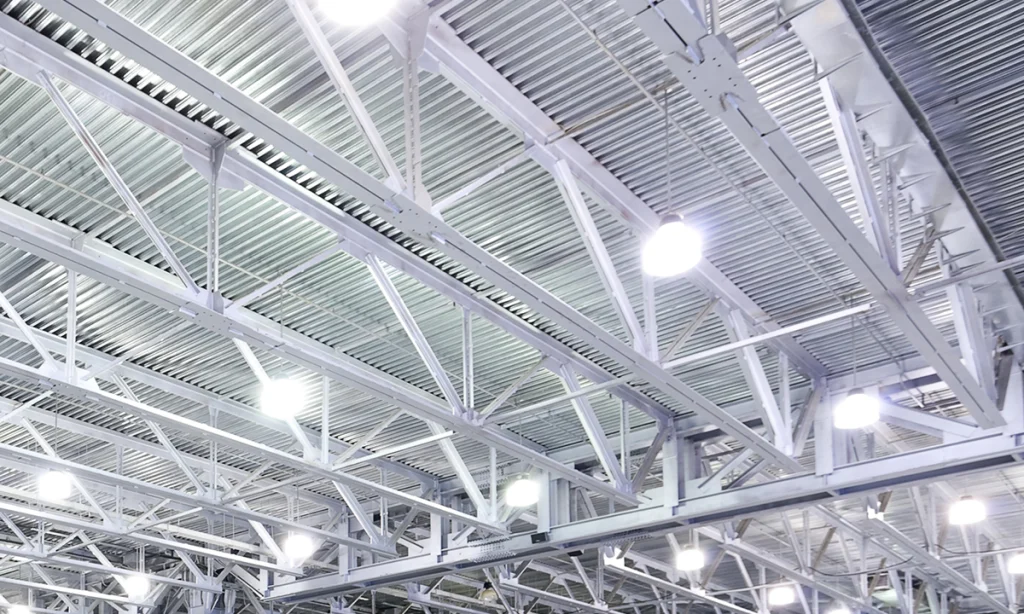
We developed a Decarbonization Playbook that provides tailored tools for businesses to assess and implement the most effective strategies for decarbonization. Businesses are now able to identify and prioritize decarbonization strategies based on their unique circumstances through the use of tailored worksheets to identify and quantify the operational impacts with the highest potentials for reducing emissions.

In 2024, 31 businesses transitioned to 100% LED lighting, far exceeding our goal of 10 LED conversions for the year. This effort alone contributed to a significant reduction in kWh consumption, and we are close to having 100% of our businesses converted to LED lighting.

In 2023 and 2024, eight facilities installed solar panels, bringing the total number of IDEX facilities with solar panels to 12. These solar installations produced almost 3,500,000 kWh, returned 700,000 kWh of solar-generated electricity to the local electrical grid, and avoided almost 1,500 metric tons of CO2 emissions in 2024. We have been testing a toolkit to assess the viability of additional solar arrays, based on the cost and the anticipated emissions reduction.
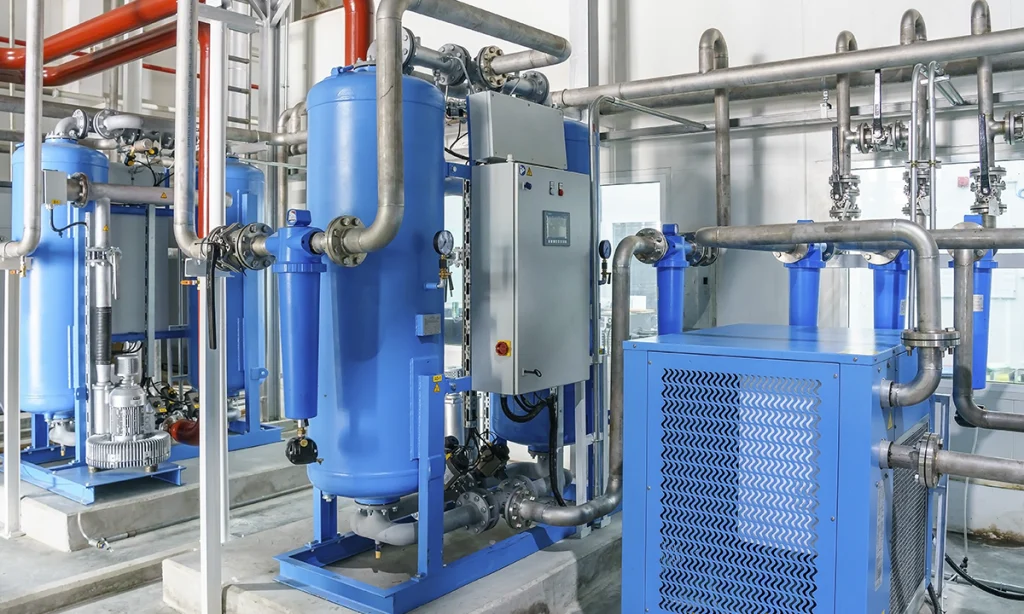
We conducted comprehensive air compressor reviews across 13 sites and identified numerous inefficiencies and opportunities for improvement. Key projects, such as shutting down unnecessary compressors and addressing air leaks, resulted in energy savings and notable CO2 reductions. For example, Airtech was able to achieve 31.1 tons of CO2 equivalent (tCO2e) reduction, or approximately 6% of its total annual emissions. Additionally, the BAND-IT team found and addressed leaks that saved 3,000 kWh of energy use per month, while a new compressor saved an additional 15,000 kWh per month.
